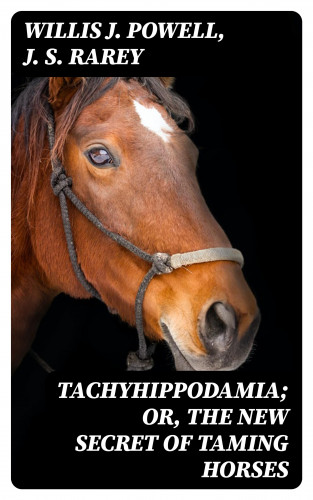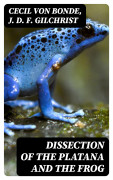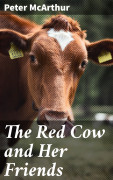Willis J. Powell, J. S. Rarey: Tachyhippodamia; Or, The new secret of taming horses
To which is added The breaking, training, and taming horses

| Produkttyp: | eBook-Download |
|---|---|
| Verlag: | DigiCat |
| Erschienen: | |
| Sprache: | Englisch |
| Seiten: | 84 (Druckfassung) |
| Format: | EPUB
Info▼
|
| Download: | 751 kB |
Tachyhippodamia; Or, The new secret of taming horses, meticulously compiled by Willis J. Powell and J. S. Rarey, is a comprehensive anthology that intricately explores the multifaceted relationship between humans and horses. Through a rich tapestry of styles, this collection delves into the art and science of horse taming, bringing together a diverse range of perspectives, methodologies, and cultural practices. The anthology stands out not only for its thematic cohesion but also for its contribution to the literary and historical documentation of equine management, highlighting key techniques that have shaped modern practices. The inclusion of seminal pieces provides readers with a broad understanding of the evolution and significance of horse taming, making it an indispensable resource for scholars and enthusiasts alike. The backgrounds of editors Willis J. Powell and J. S. Rarey, with their profound contributions to equine studies, position this collection within a larger historical and cultural narrative. Their collective expertise embodies a significant period in the development of equine management practices, aligning with broader movements in agricultural and animal husbandry innovations. This anthology, therefore, not only chronicles a pivotal era in horse taming but also showcases the diverse methodologies that have influenced contemporary practices. Recommended for both the academic and the general reader, Tachyhippodamia offers an unparalleled opportunity to explore the depth and breadth of human-equine relationships. This collection serves as a testament to the complex interplay between tradition and innovation, urging readers to appreciate the rich tapestry of knowledge and experiences that have shaped the modern understanding of horse taming. It invites a scholarly dialogue, fostering a deeper appreciation for the diverse approaches to equine management and their cultural significances.











